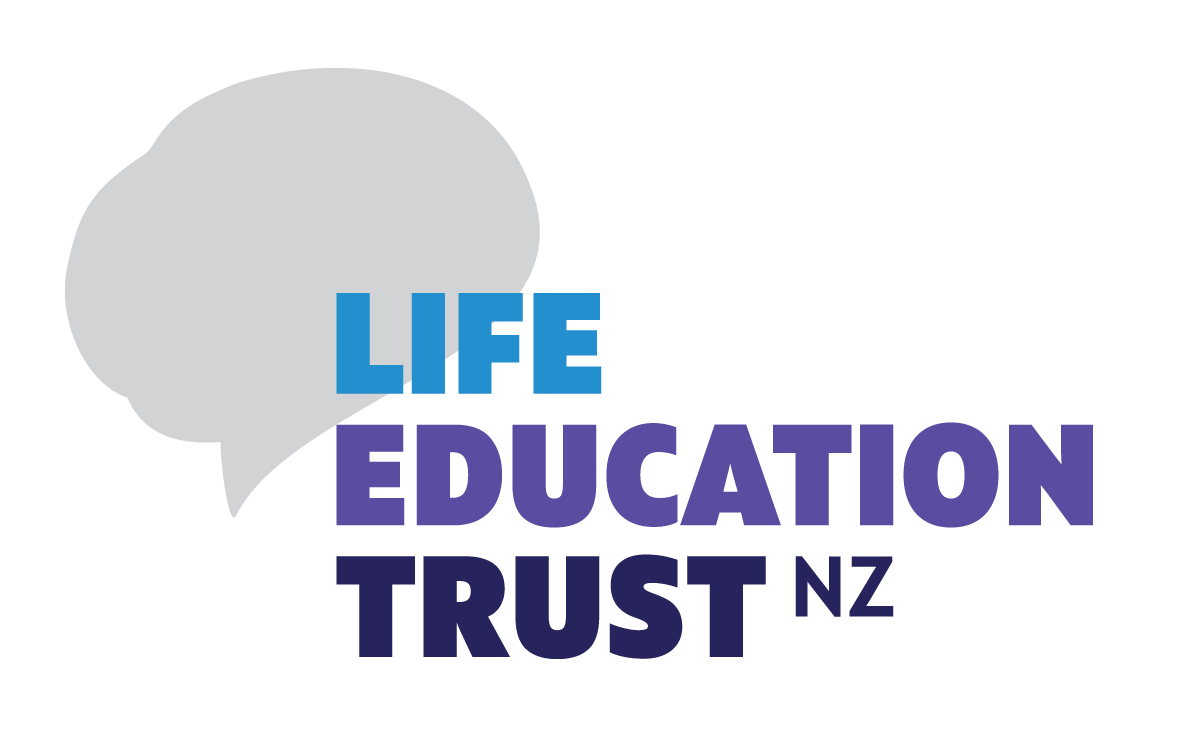Josh Komen - Finding Strength in Breath
 |
Earlier this year at our educator conference we had the privilege of hearing from Josh Komen, a former elite athlete whose life took an unexpected turn when he was diagnosed with leukaemia. His powerful story of survival, resilience, and the science of breath left a lasting impact on everyone in the room. |
Through his experience, Josh demonstrated how breathwork is more than just a body process—it is a tool for emotional regulation, mental clarity, and healing.
In 2011, Josh was at the peak of his athletic career, training to represent New Zealand in the Commonwealth Games. But life had other plans. A relentless illness, initially mistaken for a minor injury, led to a devastating leukaemia diagnosis. What followed was years of treatments, painful setbacks, and a battle for survival.
During this journey, Josh faced not just physical suffering but also emotional unrest. At one of his lowest points, he contemplated ending his life. It was during this period that he discovered the power of breathing to help regulate stress, pain and emotions.
At the conference, Josh shared key insights on how intentional breathing can rewire the brain and improve overall well-being. Techniques such as diaphragmatic breathing, nasal breathing, and controlled exhalations have been shown to regulate heart rate, reduce anxiety, and enhance mental resilience.
Breathwork isn’t just a wellness trend—it is backed by science. When we engage in slow, controlled breathing, we activate the parasympathetic nervous system, which counteracts the body’s stress response. This leads to:
- Lowered heart rate and blood pressure
- Reduced cortisol (the stress hormone) levels
- Increased oxygen flow to the brain, enhancing cognitive function
- Improved emotional stability and resilience
For students, learning how to use breath as a tool for self-regulation can help them manage anxiety, improve focus, and build emotional resilience.
Here’s some breathing tips for teachers and educators to help students reduce stress and increase focus.
- Breath Through Your Nose – Encourage nasal breathing instead of mouth breathing. It filters and humidifies the air, reduces stress, and helps with focus.
- Practice Gentle, Slow, and Expansive Breathing – Use the N.G.S.E. method (Nasal, Gentle, Slow, Expansive) to regulate stress and create a sense of calm in the classroom.
- Use Box Breathing for Calmness – When feeling overwhelmed, try box breathing: Inhale for 4 seconds, hold for 4 seconds, exhale for 4 seconds, and hold again for 4 seconds.
- Big Sighs Help – A quick way to reduce stress is to take two short inhales through the nose, followed by a long exhale through the mouth.
- Encourage Mindful Breathing in the Classroom – Start or end lessons with a minute of slow, deep breathing to help students focus and relax.
